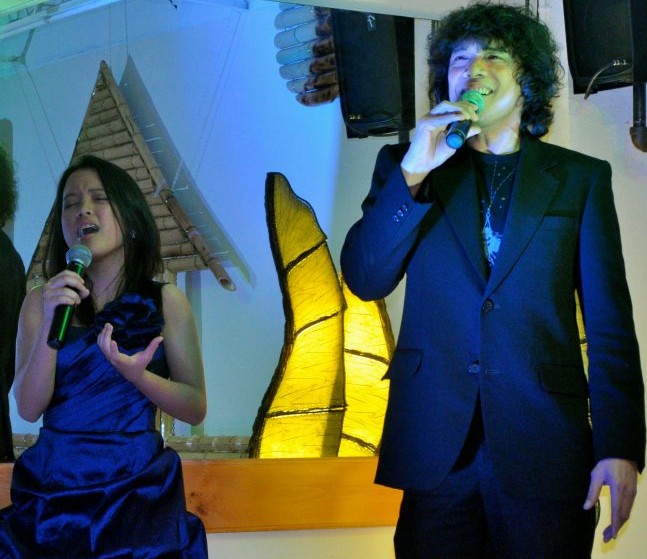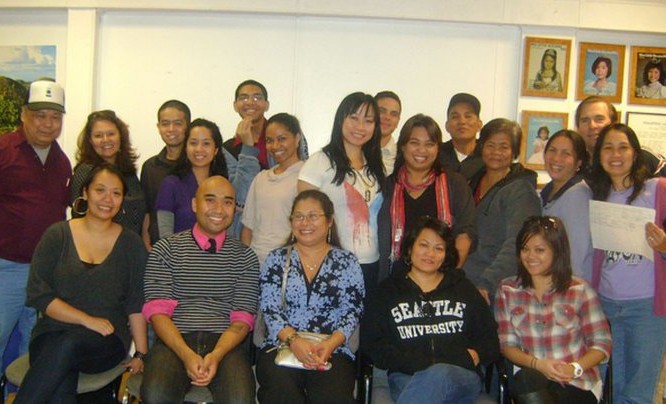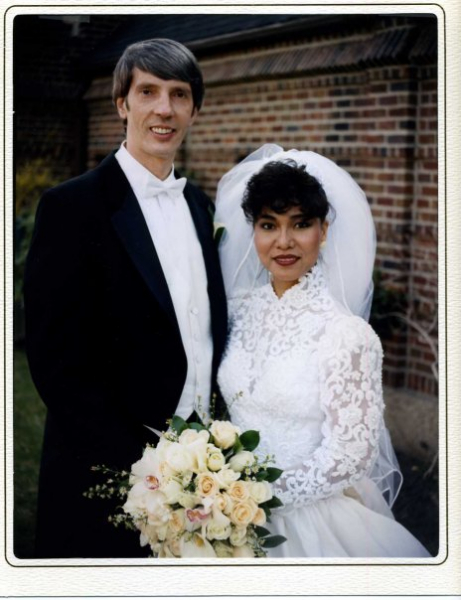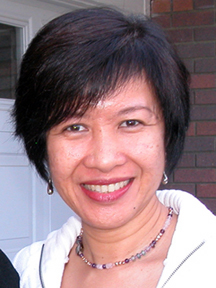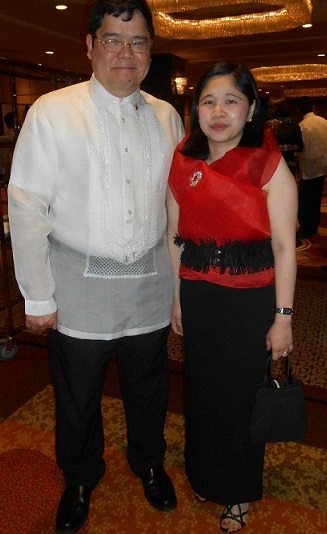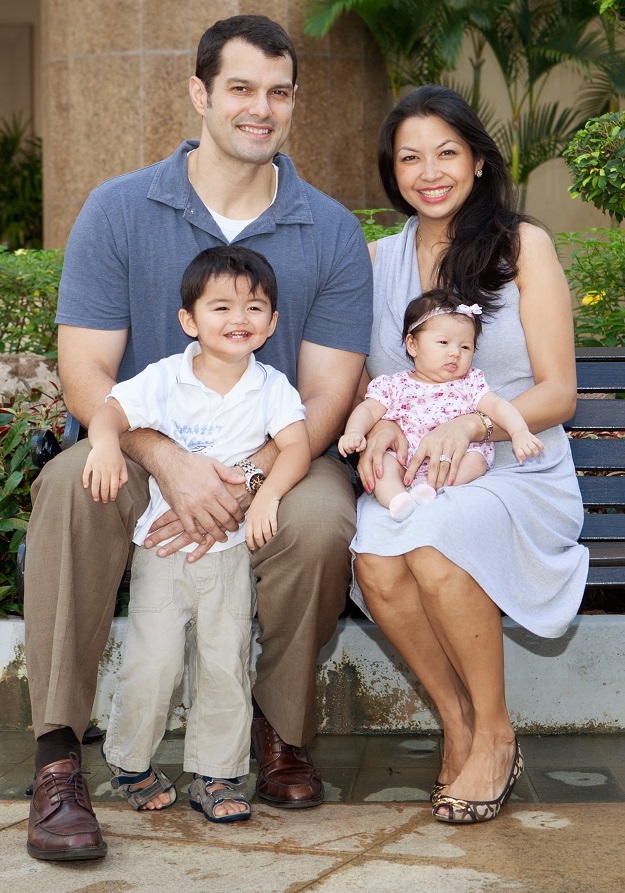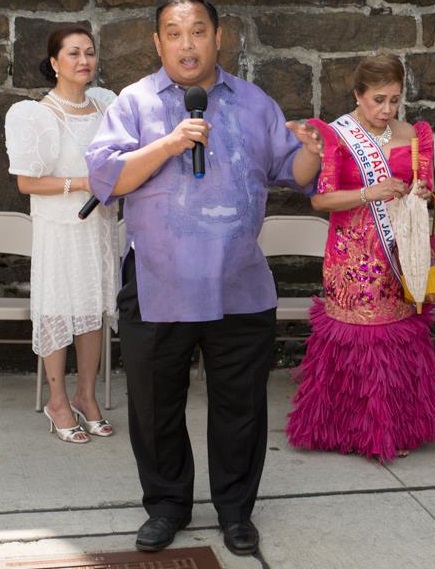Documentary recounts bravery of Hunters ROTC Guerrillas in WWII
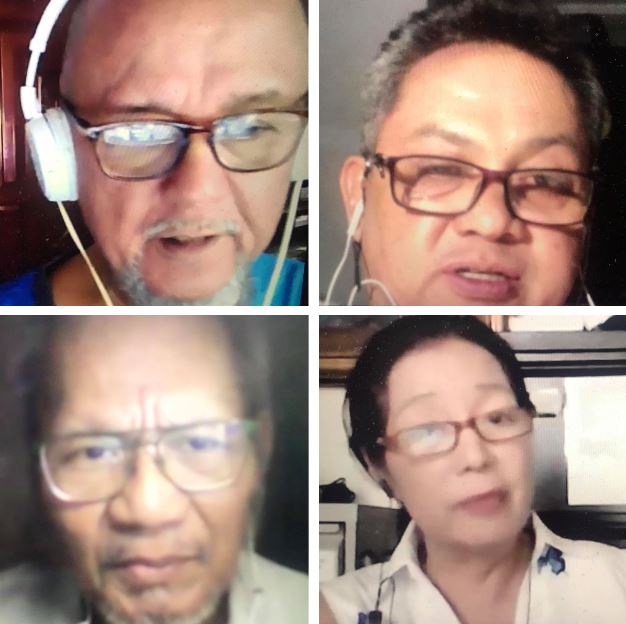
By Wendell Gaa
I finally got to watch online the documentary “Unsurrendered 2: The Hunters ROTC Guerrillas” which chronicles the valiant campaign waged by Filipino resistance fighters against the occupying Japanese forces during the Second World War.
I found this documentary, produced by the talented Miguel “Lucky” Guillermo in 2015, to be a very revealing history lesson which sheds much light into what I consider to be one of the more overlooked heroes of World War II: the Filipino soldiers who fought for sovereignty and survival when the Allies battled to end Japan’s quest for dominance in the Pacific War.
Contrary to how the Philippines is oftentimes viewed as a victimized nation at the hands of the Japanese, I learned that many Filipinos were not at all totally subjugated to torture and death. They had in fact risen to the call to bear arms and to fight Japan’s brutal forces with every possible resource at their disposal. No other nation, among those invaded by the Japanese, had inspired an underground army where over 300,000 resistance fighters risked life and limb to achieve the ultimate goal of liberating their country.
The Hunters ROTC Guerrillas, one of the first and youngest of the resistance groups, rose to the occasion of igniting the country’s fighting spirit which helped lead to final liberation by the end of the war.
I recently took the time to arrange a Zoom call meeting with some of the descendants of the ROTC guerrillas to get their views and perspectives on “Unsurrendered 2.” I spoke with Jerry Adevoso, former Presidential Assistant for Veterans Affairs under President Gloria Macapagal-Arroyo. He is the son of the late Col. Terry Adevoso who commanded the Hunters-ROTC; David Ingles, son of ROTC co-founder Lt. Col. Gustavo Ingles; Rosie de Ocampo, daughter of Lt. Col. Emmanuel de Ocampo and commander of the ROTC Division troops; and Michael “Chino” Estacio, son of Lt. Col. Vic Estacio, commander of the Hunters 46th Regiment. This unit covered all of Tayabas, Quezon province and led the successful guerrilla raid on the National Bilibid Prison on June 24, 1944 which liberated many guerillas from their Japanese captors.
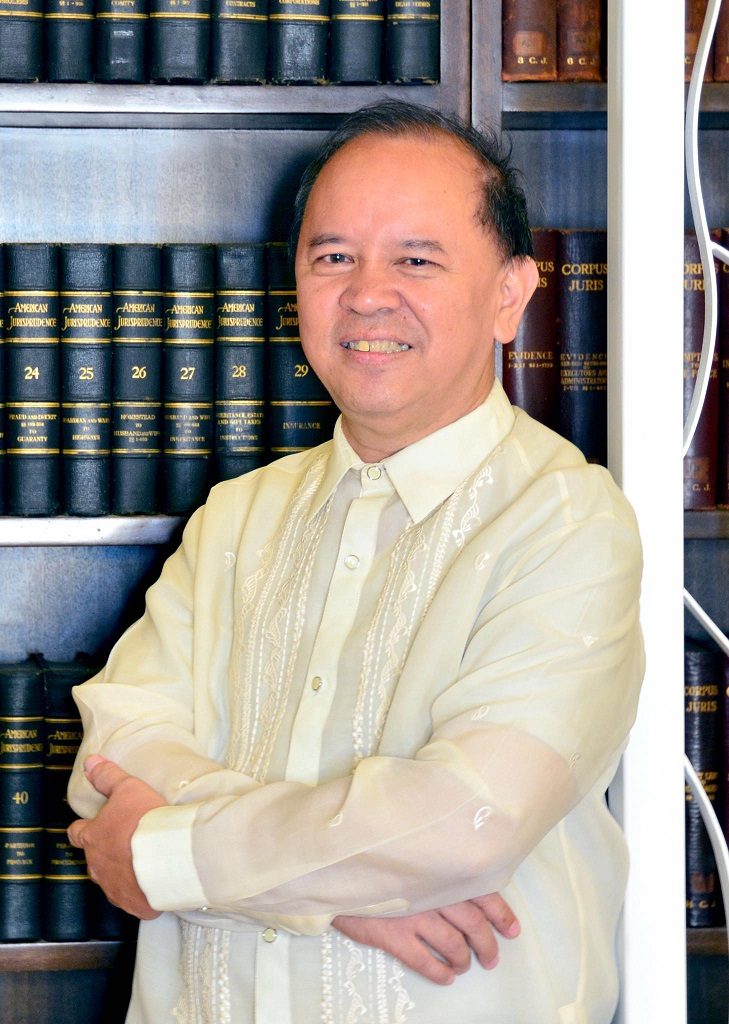
In the documentary, Jerry Adevoso, testifies about his father’s experiences leading the heroic guerillas. He notes how throughout Asia, it is only in the Philippines where there was an effective underground guerilla movement to fight the Japanese, unlike how Allied forces surrendered with seemingly little resistance in Singapore and Hong Kong at the beginning of the Pacific War.
“It was only in the Philippines where hard-headed young boys and girls sought to fight the Japanese,” he said, “that there were young people compelled to garner the courage to stand up for their country is one trait of Filipinos which should be understood internationally.”
Adevoso further expressed how impressed he was with how producer Guillermo and his team had recruited expert World War II historians to be involved in thorough research for the film. One of them was Ricardo Jose, professor of history at the University of the Philippines in Diliman. Ultimately, he feels that the documentary has inspired the Filipino American community and added more impetus to the grand effort in the U.S. to lobby for the successful passage of the Congressional Gold Medal for Filipino World War II Veterans bill in 2016.
Rosie de Ocampo reiterated how the film accurately reflects the Filipino spirit of resilience. She said the ROTC guerillas truly represented how the Philippines maintained the spirit of being “unsurrendered” even throughout the Japanese occupation until the end of the war in 1945.
“What the resistance fighters did is still relevant now as it was then,” she remarked. “Our parents embodied the virtues of duty and sacrifice, and this encouraged their will to fight during the Second World War.”
David Ingles commented on how the documentary is an eye-opener on the Philippine campaign of the Pacific War for today’s youth, adding that the film was screened to students at UP Los Baños, many of whom were impressed and enlightened about the heroism of the Filipino soldiers of World War II.
“The film is a good revelation to the youth of how the guerillas fought the Japanese soldiers without ammunition and with limited military training,” he said, “and yet they persevered and were instrumental in liberating the Philippines.”


© The FilAm 2021

